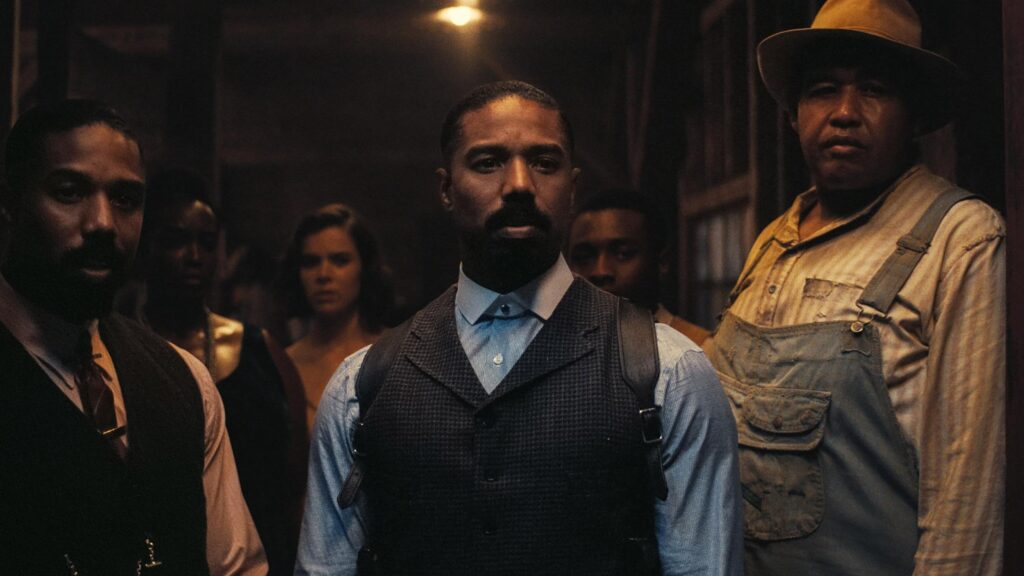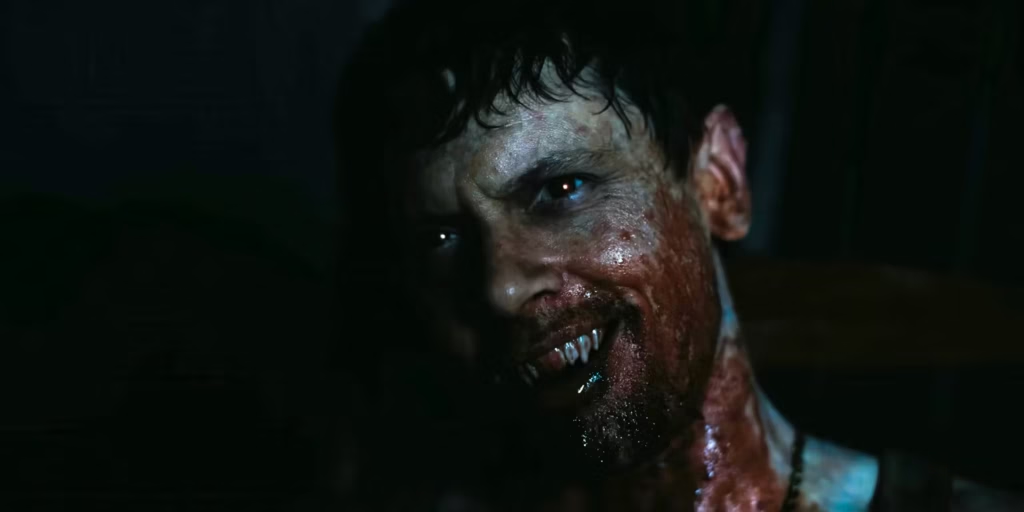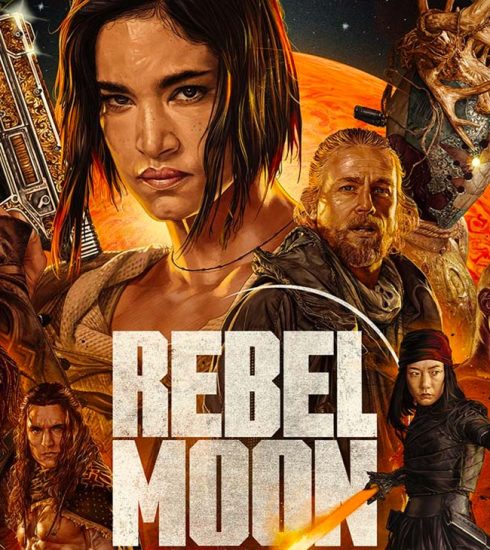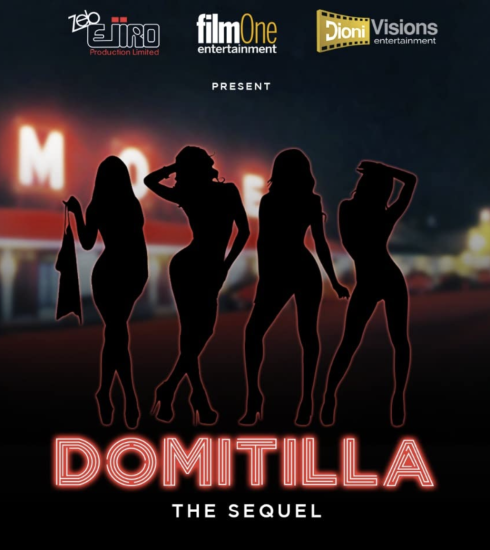Movie Review: Sinners
I’ll tell the truth: I was aware of Sinners but did not have it on my immediate “to-see” list. I was looking forward to catching it when it hit streaming, but did not have plans to catch it in cinemas. That is, until word of mouth essentially made me sit up and pay attention. Very rarely do I go see a movie because I was afraid of being left out of the conversation but I just had to see what the hype was about. So, was Sinners as good as I’d heard?
Yes. Yes, Yes, and then some. Sinners is so much more than I was expecting. It’s a film humming with a creative spark that today’s IP and sequel-obsessed Hollywood lost a long time ago. As the brainchild of writer, director and co-producer Ryan Coogler (Black Panther, Creed), Sinners is a skillful genre-bender that blends the, religion and the supernatural into one fantastic whole.
Set in 1930s Mississippi, the film stars Coogler’s muse, Michael B. Jordan (he’s appeared in every single one of the director’s films), pulling double duty as identical twins Smoke and Stack. In an incredibly nuanced performance, he plays the twins with a dually smouldering intensity as they head back to their hometown on the run from the Chicago mob. The twins are looking to set down new roots in town, maybe bring some excitement to a sleepy populace. They return looking to open up a juke joint, and they’ve thought of everything.

They’ve got music, with the blues radiating off of their fantastic singin’ and guitar twangin’ cousin Sammie (a genuinely starmaking debut from Miles Caton) and pianist Delta Slim (Delroy Lindo), enough booze to kill five cows (but just maybe enough to get Delta Slim tipsy) and catfish for all. They just, you know, didn’t count on the party being crashed by vampires. Rookie mistake really.
It turns out Sammie is a little too good at the blues. At the heart of this film is the spiritual power of music. With its power to uplift and comfort comes the inevitability that there are those who will try to co-opt that power for more nefarious ends. Like sailors drawn to Sirensong, the vampires hear Sammie’s mesmeric voice, and they just have to have it for themselves. They also just happen to be white. Mirroring the way white-owned record labels would literally trap their black singers’ vocals onto vinyl, profit and shaft them out of the proceeds, these vampires are just a more literal type of bloodsucker.
Shot lushly on beautifully immersive 70mm IMAX film by cinematographer Autumn Durald Arkapaw, the film draws so much of its power from the quiet beauty of the Mississippi Delta and its luxuriant landscapes. Not to be outdone, the music of this film is perhaps the truest star of the show. Pulsing with invention and ingenuity, the soundtrack, composed by Coogler’s college roommate and Oscar-winning producer Ludwig Göransson is a timeless, sexy thing. It’s this soundtrack that elevates the best scene in the film, where Sammie taps into his true power as a performer—the power not to summon demons from hell, but to bring together musical spirits from the past and future in a delirious alchemy that transcends time and space.
As Sammie plays, the dancing locals are joined by a West African masquerade, a Jimi Hendrix–style electric guitarist, a trio of old-school breakdancers and a DJ working his turntables. The camera swirls through the crowd as these figures and their fellow partygoers come together in a transhistorical explosion of rhythm, movement, and joy. This extraordinary sequence isn’t a dream in any one character’s head, nor quite a visitation by literal ghosts (though other supernatural visitors will not be long in coming). Rather, it’s a visual manifestation of the countless musical and cultural bloodlines that flowed into and out of the great Black art form that is the blues. It’s as if, for a moment, Coogler’s ideas have taken on physical form so as to join the characters on that packed and sweaty dance floor.
It’s both a wildly ambitious meditation on American history and a rip-roaring good time.
That scene is perhaps the most salient example of what sets Sinners apart from your average vampire thriller. As much as it’s a movie about bloodthirsty nocturnal monsters—and it contains no shortage of those—Sinners is a meditation on the deep roots of Black American popular culture, the lineage that runs from the blues to Beyoncé and beyond.
As a rage-fueled scream at institutional racism and America’s ugly, despicable past, or a period romance with Molotov cocktails and arterial spray, or even a love letter to the life-affirming power of the blues, Sinners defies any attempts to put its genre-fluid insanity into a neat description.

The multifaceted depth of the allegory Coogler is spinning out here reminded me of Jordan Peele’s Us and Get Out, two horror epics that also used genre tropes to explore complex ideas about racial identity and systemic injustice. Not every big, bold choice on the director’s part serves the movie—the vampires’ final siege defaults to overly familiar horror-movie imagery, and there is at least one action climax too many—but the boldness itself is enough to keep Sinners barreling forward at breakneck speed.
I can use a thousand different adjectives to describe Coogler’s future classic, but none of them can effectively convey how drunk on the power of cinema you’ll feel after luxuriating in its sweaty, sexy, messy, and terrifying world. Being lost in the story of our collective past as we’re spellbound by a team of contemporary filmmakers and artists at the top of their game is one of the main reasons that movies exist in the first place. We have our first true contender for film of the year in this one. Go see it.
8.5/10
Boluwatife Adesina is a media writer and the helmer of the Downtown Review page. He’s probably in a cinema near you.






